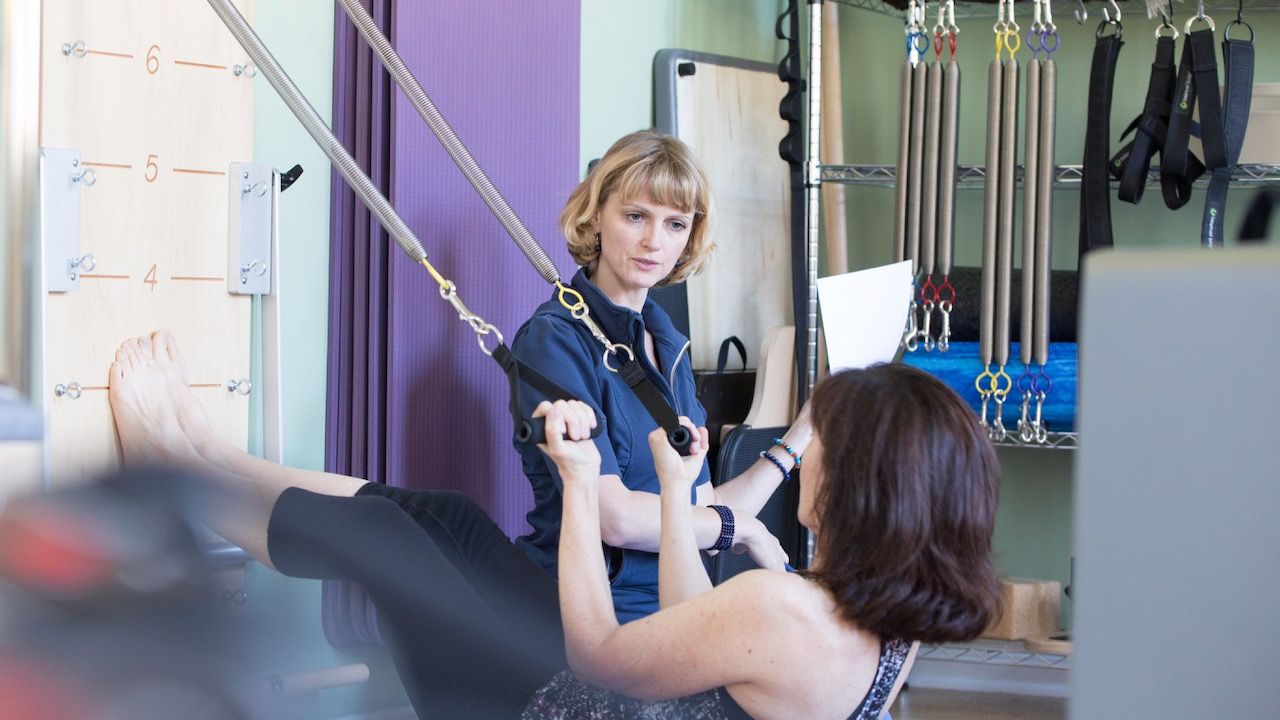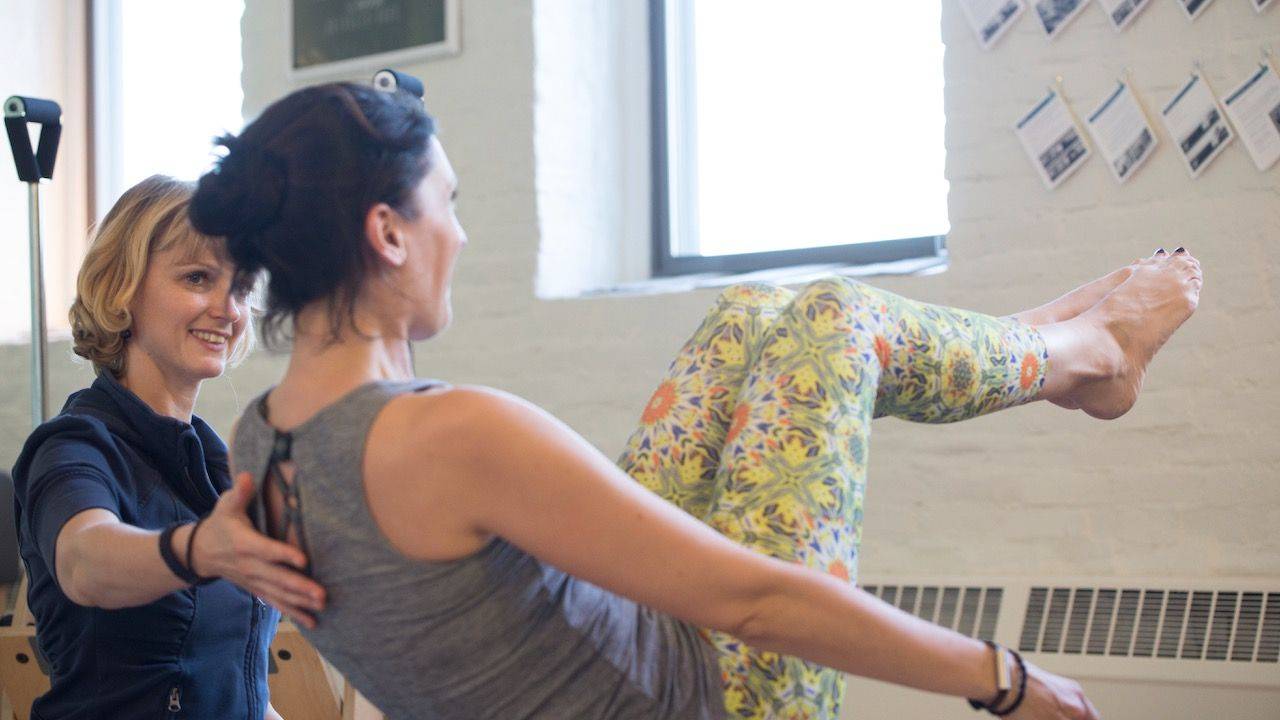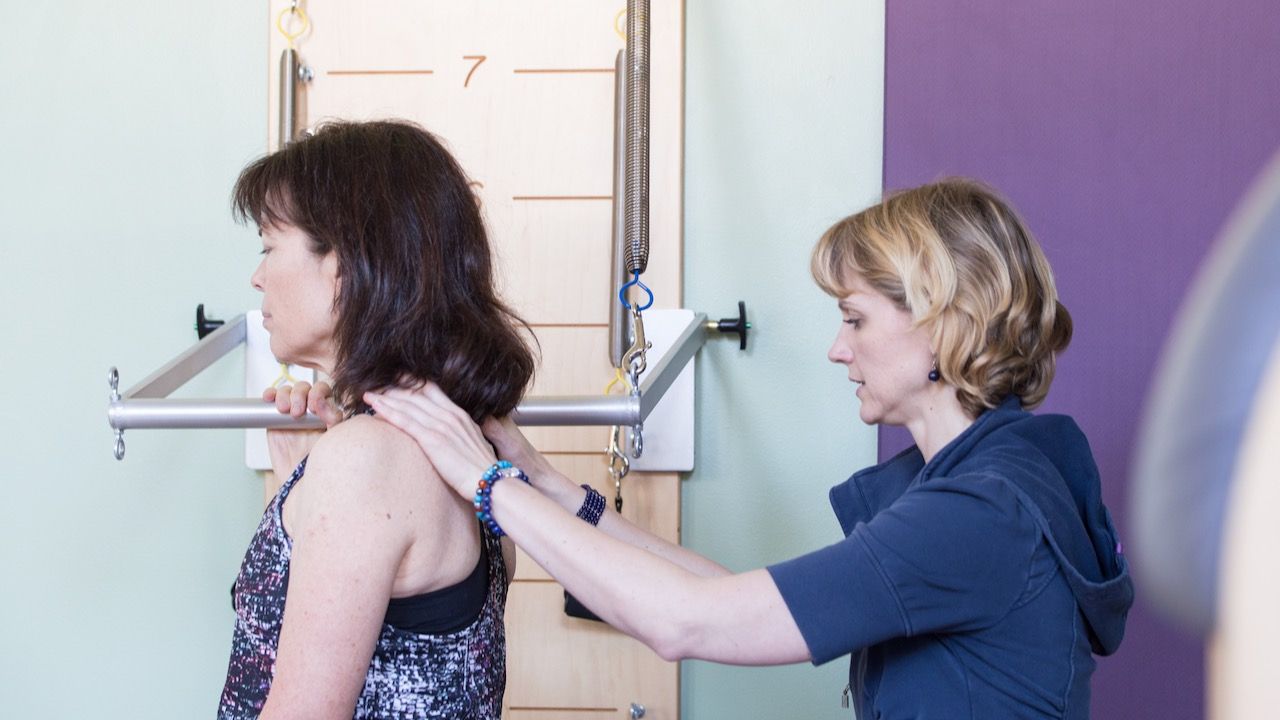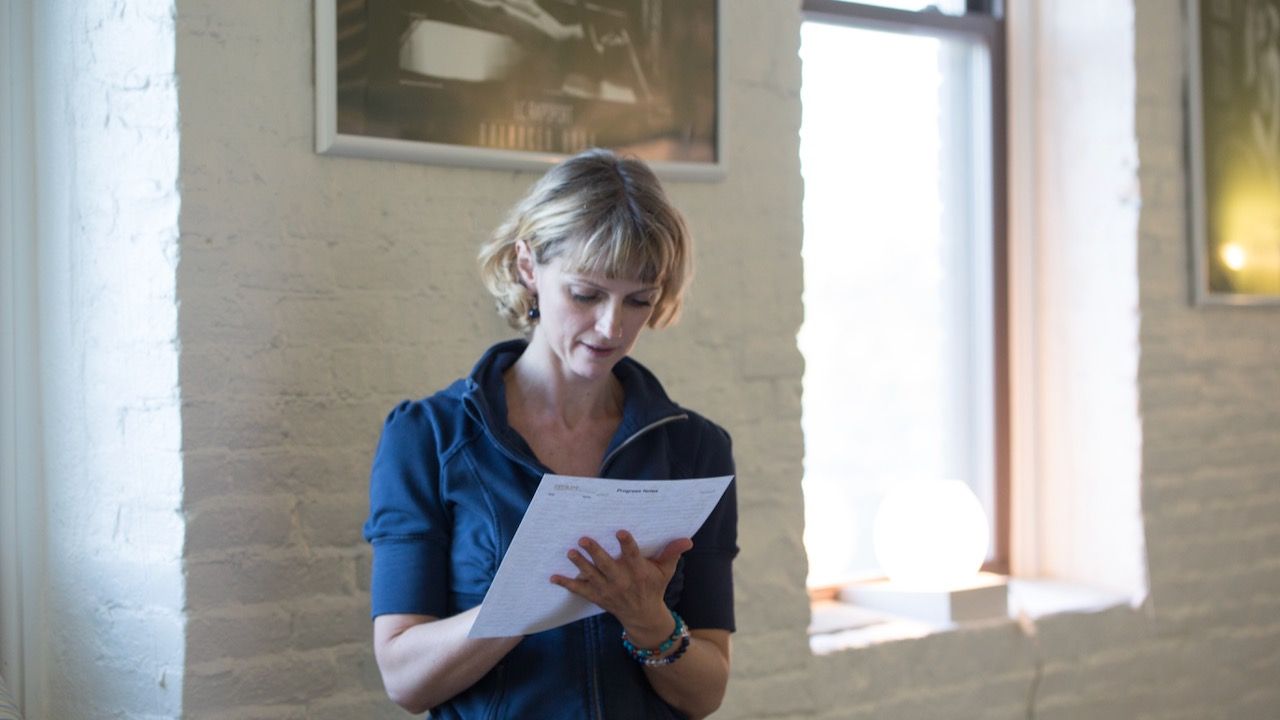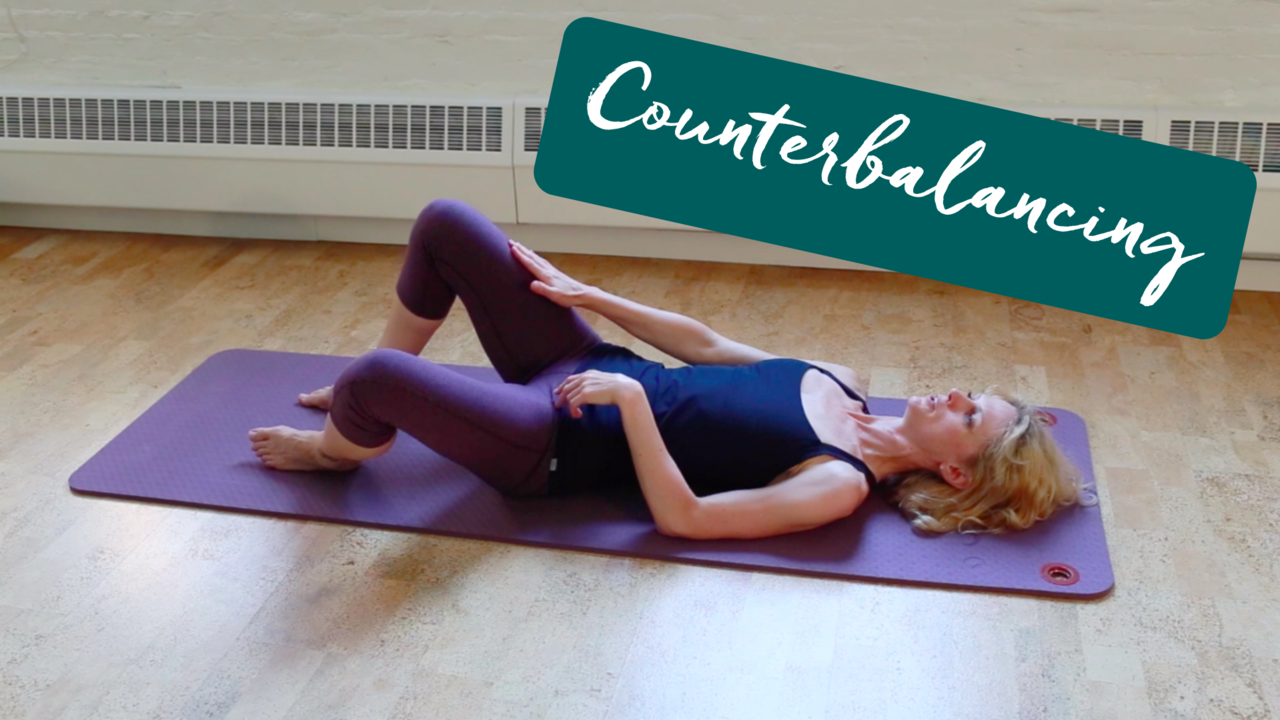
Watch For What’s Counterbalancing
Mar 18, 2019Counterbalancing means that the opposing sides of an area are moving in opposite directions in order to stay balanced. If you add more weight to one side of a scale, you can keep the balance by adding more weight to the other side as well.
In Butterflies or Bent Knee Opening, watch the knee that’s not (supposed to) move. If you keep it still and stop it from leaning out to the side (counterbalancing) then the abdominal wall has to work much harder to keep the pelvis from rocking to the side.

In Short Box: Side Bend (Reformer or Ladder Barrel) the ribcage tends to translate (shift) to the opposing side in a sneaky way of counterbalance. Let’s say you’re leaning to the right. The ribs will want to move to the left (losing the vertical alignment of the spine) which reduces the effort of the trunk stabilizers to keep the spine in line. (Say that again, out loud. The spine in line. Fun!)
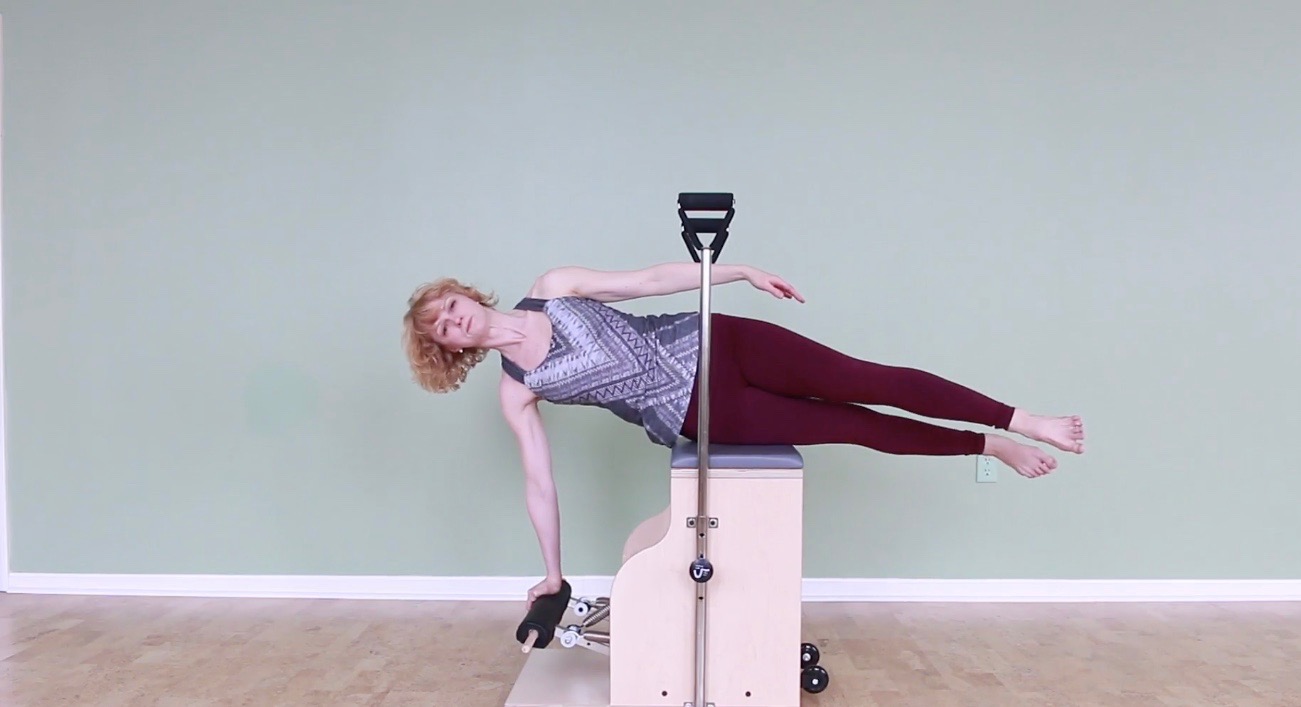
In Side Balance/Side Kicks (Chair), when adding front and back kicks, the bottom leg will want to counterbalance the top leg. This means, the variation scissors - where both legs move simultaneously - is easier than just kicking one leg front to back while keeping the other one still.
Can you think of other examples?

Get support with your day-to-day teaching challenges
Ready to Teach Pilates with Clarity and Confidence?
Sign up to receive my weekly email newsletter. It's jam-packed with Pilates articles, videos, exercise tutorials and teaching tips.
Only super valuable stuff here. No spam ever. Unsubscribe any time.








